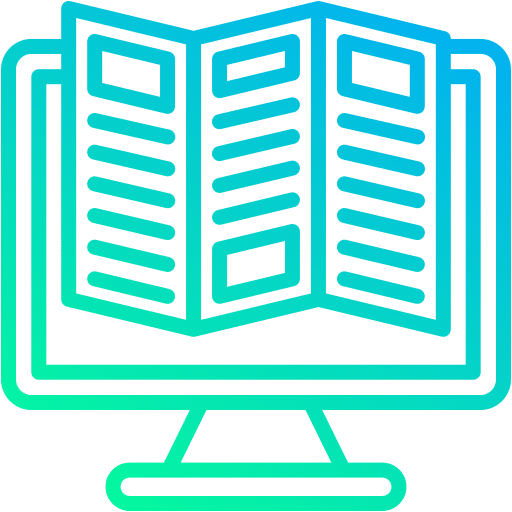Communication with LMS vendors
LMS vendors communicate with customers through multiple channels such as email, chat, phone, and online forums. The primary form of communication is usually through email or phone. The vendor should be available to answer questions, provide support, and provide updates on the LMS. They should also be available to discuss any issues or concerns the customer may have regarding the LMS RFP. Additionally, vendors should also provide educational materials and resources to help customers better understand the LMS and its features.
Evaluating and scoring proposals
Evaluating and scoring proposals is the process of determining the value of a proposal by assessing the criteria set forth in the LMS RFP. It involves reviewing each proposal against the criteria, assigning a score to each criterion, and then aggregating the scores to determine the overall rating of each proposal. This helps organizations to identify the best vendor for their project and determine the best use of their resources.
Why should we take time to create an RFP?
Creating an LMS RFP is an important part of the procurement process, as it helps to ensure that the best provider is selected for the project. By taking the time to create a detailed RFP, businesses can ensure that all potential vendors understand exactly what is needed, helping to ensure that the right vendor is chosen. Additionally, a carefully crafted RFP can help to reduce the time and resources needed to evaluate potential vendors.
When is an LMS RFP most helpful?
An LMS RFP (Request for Proposal) is most helpful when organizations are looking to purchase a new learning management system. The LMS RFP 2023 outlines the organization’s specific needs and requirements for the system, and is used to solicit bids from potential vendors. By using an RFP, organizations can ensure that they get the best system for their particular needs, and can compare vendors side-by-side to make the best decision.











